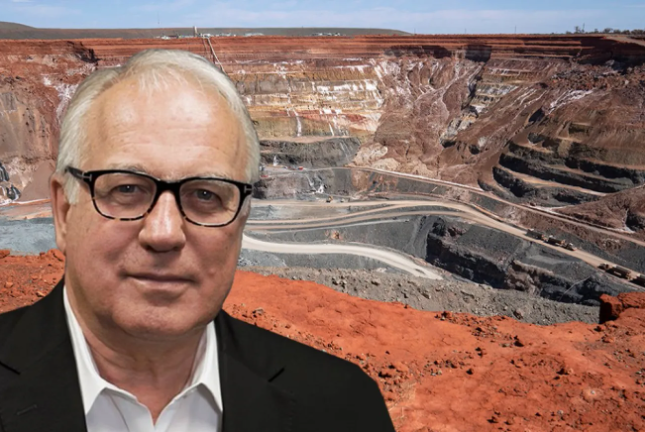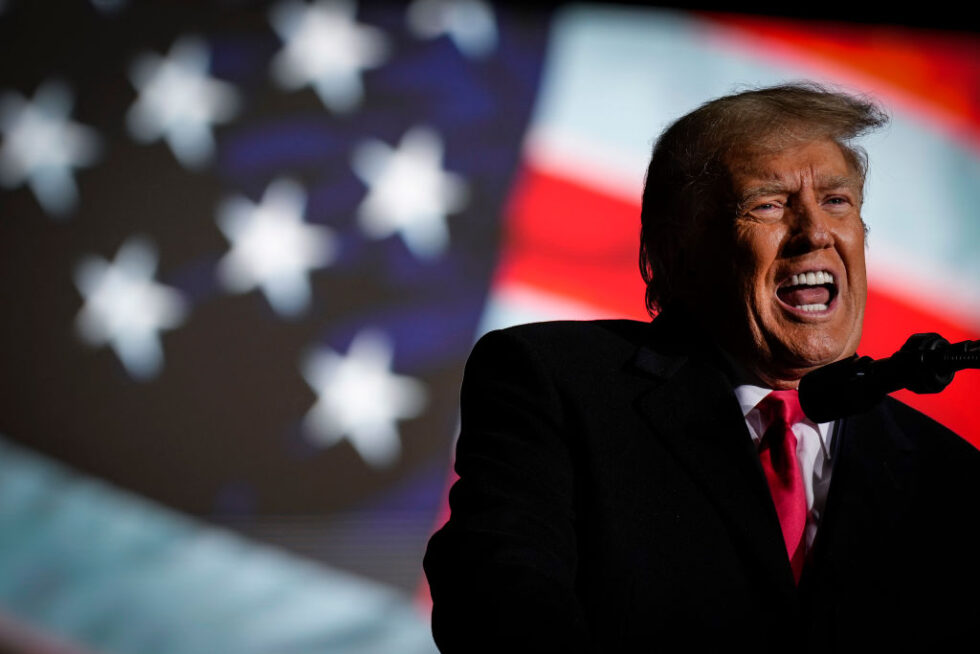
Twelve years ago, Labor taxed Australia’s mining companies and now it wants to subsidise them with tax credits.
The Coalition wants to repeal those subsidies, declaring them “billions for billionaires”, but two years after the Minerals Resource Rent Tax (MRRT) was legislated in 2012, the Coalition repealed it so the billionaires could keep their billions.
But consistency has never been the basis of Australian politics, so let’s move on.
The MRRT replaced a resource super profits tax (RSPT), which was one of only three of 138 reform recommendations in the Henry Tax Review that the Rudd government felt inclined or able to implement. The subsidies of 2024 are part of a new Labor policy called A Future Made in Australia (AFMA).
Take and give
And in a beautiful quirk of history, what was to be taken from miners then is almost exactly the same amount of money as is proposed to be given to them now.
AFMA is budgeted to cost $22.7 billion; the MRRT was budgeted to bring in $22.5 billion, although it only ended up making only $6 billion. The AFMA costings are almost certainly wildly wrong as well.
The proposed $2 per kilogram “tax incentive” for hydrogen production – the centrepiece of AFMA – is a case in point.
The cost of it is budgeted at $6.7 billion over 10 years or $670 million, on average, per year.
That’s an estimate of the cost, by the way, not a cap, so unlike most Labor policies it appears to be uncapped, at least for now.
Green steel
The main reason for subsidising hydrogen production is to create a domestic green steel industry, the idea being that instead of exporting iron ore, we make steel in Australia using our abundant renewable energy resources. Hydrogen will also be used for making urea and for transport, but for a future made in Australia, it’s mainly about steel.
The use of hydrogen to replace coal in the blast furnace is called direct reduced iron (DRI) technology.
Steel is basically iron with the oxygen removed. It’s usually done by melting it in a blast furnace with carbon (metallurgical coal) so the oxygen combines with the carbon to produce carbon dioxide, which then goes out the chimney, and is obviously not a good idea any more.
When hydrogen combines with the oxygen it produces water instead. Much better.
Apparently between 50 and 70 kilograms of hydrogen are needed to make a tonne of steel using DRI.
Unrealistic goals
Australia exported 950 million tonnes of iron ore last year, which ended up making about 560 million tonnes of steel. To replace all of the iron ore exports with locally made green steel would therefore require about 33 billion kilograms of hydrogen, at a cost to the budget of $2 per kilogram or $66 billion, per year.
That’s ridiculous, of course, and Treasury needn’t worry that the uncapped hydrogen subsidy will cost $20 billion more than the $46 billion defence budget. A lot of the green steel will be made elsewhere, not here, especially in China, and we’ll continue to send them iron ore, not green steel made in Australia.
Perhaps a better way to look at it is the other way round: The estimated cost of $670 million per year would subsidise 335 million kilograms of hydrogen at $2 per kilogram, which would make five million tonnes of steel requiring eight million tonnes of iron ore. That’s 0.84 per cent of Australia’s iron ore exports, also ridiculous, and hardly worth doing.



